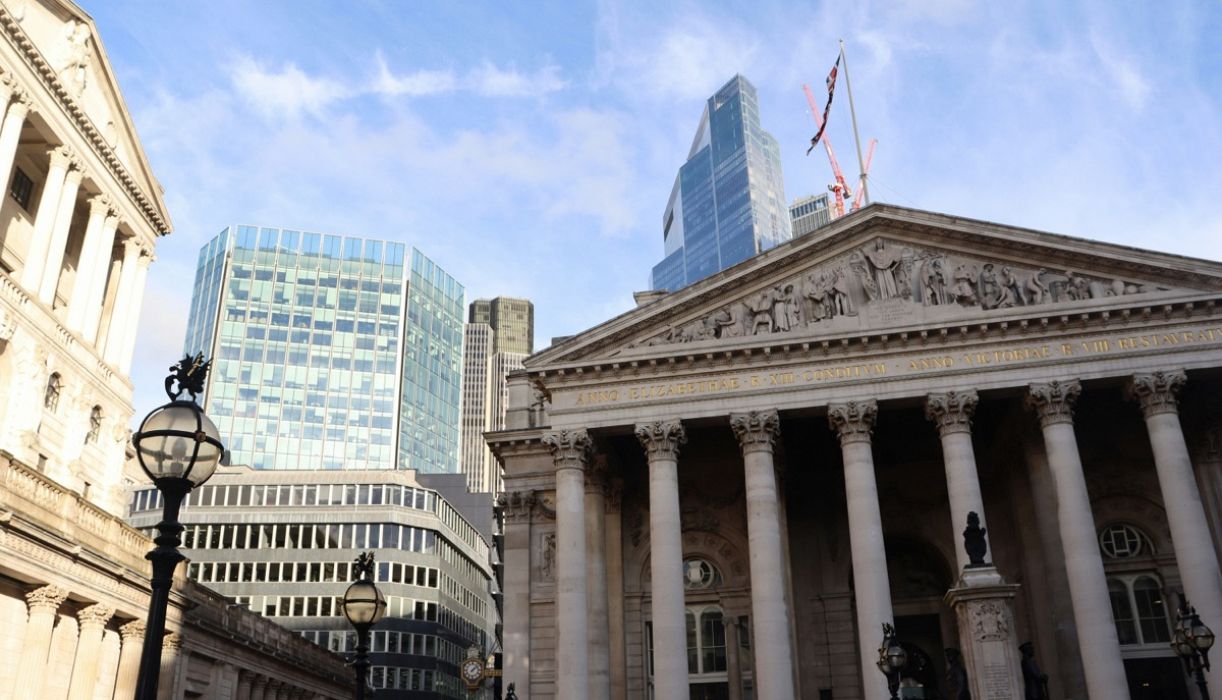Must we really talk about negative interest rates?

Silvana Tenreyro, one of the external members of the Bank of England’s Monetary Policy Committee gave an important speech on January 11th titled Let’s talk about negative rates.
The content of the speech itself it not especially ground-breaking. As the title suggests it is a discussion of the pros and cons of the Bank of England pushing short term interest rates into negative territory. Nevertheless a few passages are noteworthy.
First there is a reminder that the Bank of England is already doing the work to ensure negative interest rates can be implemented in the British banking system:
“the Bank of England began structured engagement with firms on operational considerations regarding the feasibility of negative interest rates…Once the Bank is satisfied that negative rates are feasible, then the MPC would face a separate decision over whether they are the optimal tool to use to meet the inflation target given circumstances at the time.”
Then there is a longer section explaining how successful negative interest rates have been in other countries:
“the ‘financial-market channels’ of monetary policy transmission have worked effectively under negative rates in other countries …the evidence from experiences of negative rates in other countries suggests that ‘bank-lending channels’ of monetary policy transmission have also been effective at boosting lending and activity”
- “Financial-market channels appear to be unimpeded under negative rates, and some may even be stronger than usual.
- While pass-through to household deposit rates can be constrained near zero, pass-through appears to be less constrained for corporate deposit rates, which may stimulate spending by firms.
- There is strong evidence of transmission into looser bank lending conditions, even if this is somewhat constrained relative to ‘normal’.
- There is no clear evidence that negative rates have reduced bank profits overall, and a number of studies find positive impacts, once you take into account the boost to the economy.
- Taking these points together, the evidence suggests that negative rates can provide significant stimulus.”
We are not persuaded of the benefits of negative interest rates.
We remain concerned over the negative impact negative rates have on the banking sector. As Silvana Tenreyro notes negative interest rates were implemented in the Eurozone in 2014, since then the index of European bank stocks has fallen by approximately 45% in value. Over the same period a similar index of US bank stocks has risen by approximately 50%.
We are also unpersuaded negative rates help stimulate the real economy. Economists argue lower rates drive asset prices higher, boosting borrowing and thereby economic activity. We find this argument persuasive but only up to a point. In our view it is important to recognise much savings are effectively non-discretionary. The savings people put aside for the purpose of house purchases and to fund their retirement are driven by necessity rather than choice. To the extent lower interest rates boost the price of assets and lower the income from those assets the policy means people must divert more of their income toward savings and away from consumption, causing a drag on economic activity.
A simple thought experiment on the topic of negative interest rates is worth pondering:
Case A: You wake up one morning to find the bank has made a terrible error, paying you 100% interest. The money in your bank account has doubled overnight.
Case B: You wake up one morning to find the bank has made a terrible error, charging you 100% interest. The money in your bank account has vanished overnight.
In which of these two scenarios do you increase your spending? To economists focussing on capital market effects negative interest rates look like a stimulus. To savers, worried about banks withdrawing money from their accounts, negative interest rates look like the opposite of a stimulus.
The discussion of negative interest rates in the speech is entirely concerned with the effect on the private sector economy. In our view this misses the true purpose of negative interest rates which is largely to augment government finances.
The main beneficiary of negative interest rates are governments which can issue bonds with negative yields and get paid, by their central bank, with newly printed money, for doing so. In other words, negative interest rates could be viewed as a thinly veiled mechanism of enabling monetised deficit spending. Given the extraordinary level of government spending, caused by the economic lockdown, the pressure on the Bank of England to facilitate monetised deficit spending has grown dramatically in the last year.
In summary, we view recent comments by Bank of England officials as preparing the groundwork for negative interest rates. Investors and savers should take note and consider their own response. Although we disagree with the Bank’s sanguine assessment of the impact of negative interest rates on the real economy and banking sector, we agree such a policy is likely to cause further asset price inflation.